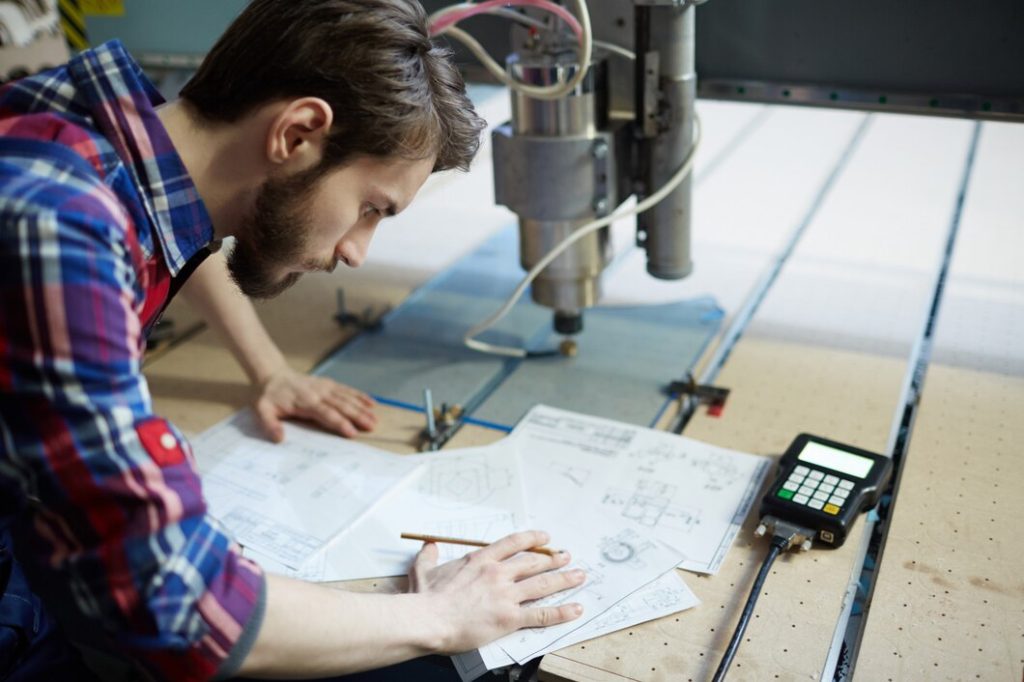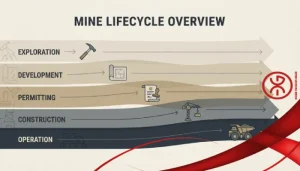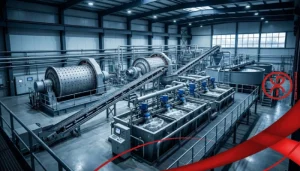A ball mill diagram is a crucial representation that illustrates the components and functionality of ball mills used in various industrial processes. Understanding the ball mill diagram can help operators and engineers optimize the milling process, enhance productivity, and troubleshoot issues that may arise during operation. In this guide, we will explore the different aspects of ball mill diagrams, including their components, types, functionality, applications, and common issues.
Components of a Ball Mill Diagram
The ball mill diagram typically includes several key components, each playing a vital role in the milling process. Here are the primary elements you will find in a typical ball mill diagram:
- Shell: The outer casing of the ball mill, which contains the grinding media and material being processed.
- End Caps: These are located at both ends of the ball mill and help seal the interior while allowing for the entry and exit of materials.
- Grinding Media: Usually made of steel, ceramic, or other materials, these balls facilitate the grinding process.
- Drive Mechanism: This includes the motor, gearbox, and other components that drive the rotation of the ball mill.
- Feed and Discharge Openings: These are points where materials enter and exit the mill.
- Liners: These are protective layers inside the shell that help improve the grinding efficiency and reduce wear.
By understanding these components through a ball mill diagram, users can better grasp how each part contributes to the overall milling process.

Types of Ball Mills and Their Diagrams
There are several types of ball mills, each designed for specific applications. The ball mill diagram varies depending on the type, and here are some common types:
- Continuous Ball Mill: This type features a feed and discharge system that allows for continuous operation, ideal for large-scale production.
- Batch Ball Mill: Operates on a batch basis where material is processed in discrete loads. The ball mill diagram for batch mills often emphasizes the time cycles for each batch.
- Planetary Ball Mill: This diagram showcases a unique configuration where multiple grinding jars are mounted on a rotating platform, providing high energy input for ultrafine grinding.
- Horizontal Ball Mill: The traditional design where the cylinder is horizontal, often found in industrial applications.
Each type has its diagram highlighting the unique features and functions that differentiate them from one another.
Understanding the Functionality of Ball Mills
Ball mills operate on the principle of impact and attrition, where the grinding media collide with the material to break it down into finer particles. The ball mill diagram can help visualize this process, illustrating how the grinding media are lifted and released within the rotating shell.
As the mill rotates, centrifugal forces cause the media to rise and then fall, creating impact forces that crush and grind the material. The design of the ball mill, including the arrangement of components depicted in the diagram, influences the efficiency and effectiveness of the grinding process.
Applications of Ball Mills in Industry
Ball mills are widely used across various industries for material processing. Some notable applications include:
- Mining: For crushing ore and refining metals.
- Cement Production: Grinding raw materials and finished cement.
- Pharmaceuticals: Milling active ingredients for drug formulations.
- Food Industry: Processing grains and spices.
The versatility of ball mills makes them essential tools in industrial settings, as illustrated in the corresponding ball mill diagrams showing their various applications.

Common Issues and Troubleshooting Tips
Understanding common issues related to ball mills can help operators maintain optimal performance. Some frequent problems include:
- Excessive Noise: This can indicate wear on components; checking the ball mill diagram can help identify possible sources.
- Inefficient Grinding: If the desired particle size isn’t achieved, it may be necessary to adjust the grinding media or operating parameters.
- Overheating: This can lead to equipment failure; ensuring proper lubrication and cooling systems are functioning is essential.
Troubleshooting these issues involves referencing the ball mill diagram to pinpoint areas for inspection and potential repair, ensuring the milling process remains efficient and effective.
In summary, a comprehensive understanding of ball mill diagrams, their components, types, functionality, applications, and troubleshooting techniques is crucial for optimizing milling operations in various industries.
summery
In conclusion, ball mill diagrams serve as essential tools for understanding the structure and functionality of ball mills used in various industrial applications. By familiarizing oneself with the components, types, and potential issues outlined in these diagrams, operators can enhance their milling processes and troubleshoot effectively. For those seeking high-quality grinding media and related products, visiting alphagrindingmedia can provide valuable resources and solutions tailored to specific milling needs
f&q
1. What is a ball mill diagram?
A ball mill diagram is a visual representation that illustrates the components, configuration, and operation of a ball mill. It helps users understand how the mill functions and how each part contributes to the grinding process.
2. What are the main components shown in a ball mill diagram?
Key components typically included in a ball mill diagram are the shell, end caps, grinding media, drive mechanism, feed and discharge openings, and liners. Each component plays a critical role in the milling operation.
3. How do I interpret a ball mill diagram?
To interpret a ball mill diagram, focus on understanding the layout and relationships between the components. Pay attention to the flow of materials, the arrangement of the grinding media, and the operation mechanisms illustrated.
4. What types of ball mills are depicted in diagrams?
Common types of ball mills shown in diagrams include continuous ball mills, batch ball mills, planetary ball mills, and horizontal ball mills. Each type is designed for specific applications and has unique features highlighted in the diagrams.
5. How do ball mill diagrams help in troubleshooting?
Ball mill diagrams can assist in troubleshooting by providing a clear visual guide to the mill’s components and their functions. Operators can refer to the diagram to identify potential issues, such as excessive wear or inefficiencies, and determine areas that require inspection or adjustment.
6. What applications are ball mills commonly used for?
Ball mills are used in various industries, including mining, cement production, pharmaceuticals, and food processing. Their versatility makes them essential for grinding a wide range of materials.
7. Where can I find high-quality grinding media for my ball mill?
For high-quality grinding media and related products, you can visit alphagrindingmedia, which offers a range of options tailored to meet the specific needs of your milling processes.
8. What maintenance is required for ball mills?
Regular maintenance for ball mills includes inspecting and replacing worn components, ensuring proper lubrication, monitoring operational parameters, and cleaning to prevent buildup of materials that could hinder performance.





